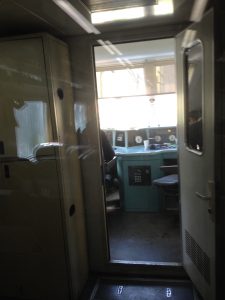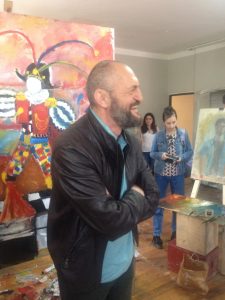 Painting Department, Art College, Sukhum/i
Painting Department, Art College, Sukhum/i
In the course of the discussions, it seemed to me that our discussion had assumed that there is a fundamental difference, when, in fact, there is a more gradual one: Also in education in Switzerland, at least as far as art education is concerned, it is necessary to know the techniques of screen printing, painting, and ceramics etc. In my view the difference in Swiss education lies in the practice, that the techniques follow a content much earlier in the institution’s curriculum. Both processes – learning a technique that can transmit a content, as well as reflecting about a content which a technique can realise – are conducted in parallel at the ZHdK. In this way, it seems to us, it is more likely to be able to rid oneself of technique in favor of a content in order to create a new content – a not insignificant circumstance when it comes to the horizon of creativity and ingenuity, which we consider an important medium of social action to be expanded.
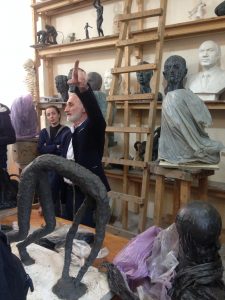 Sculpture Departement, Art College, Sukhum/i
Sculpture Departement, Art College, Sukhum/i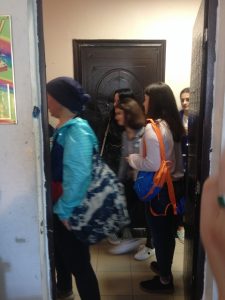 Art Academy Suchum/i
Art Academy Suchum/i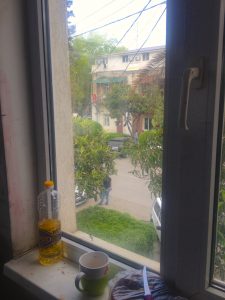 View form Sukhum/i’s Art College
View form Sukhum/i’s Art College